Brodie Smith "would never leave" Gunnedah where he was born and raised.
Subscribe now for unlimited access.
$0/
(min cost $0)
or signup to continue reading
Since the age of 19 he's worked in the coal mines that helped his home town in the NSW New England region thrive.
He's watched on as the industry got busier and said he hasn't seen it slow, even as the global push to end the reliance on fossil fuels for energy accelerates.
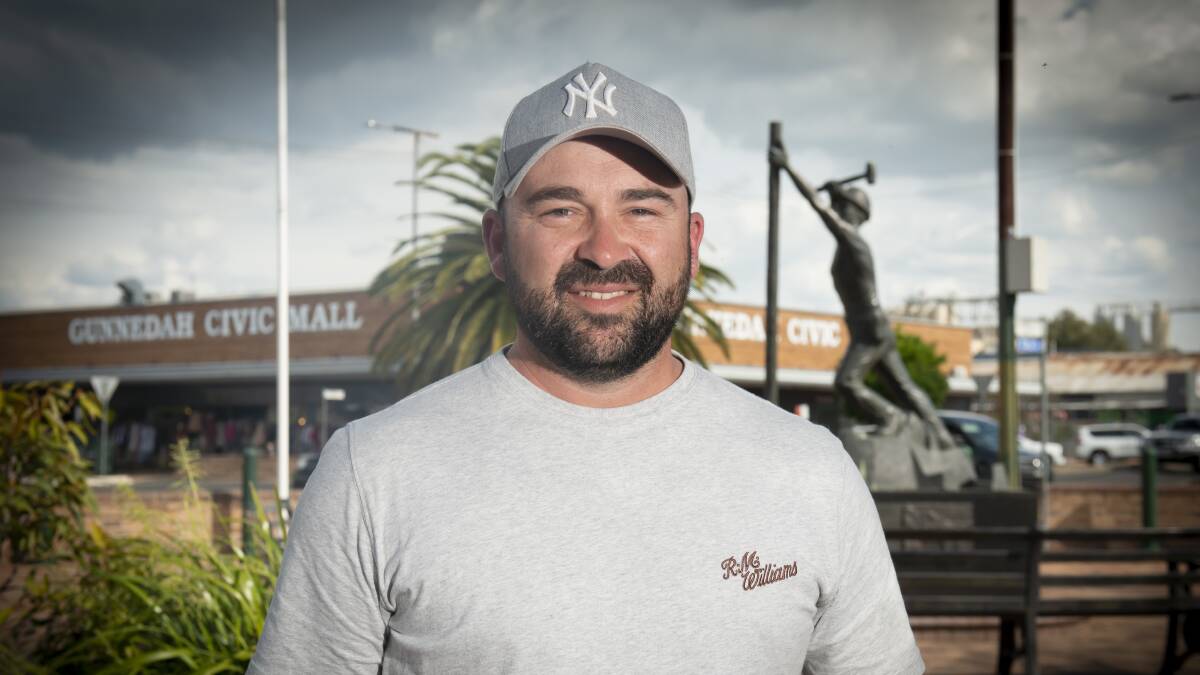
Mr Smith has two children under seven and he's not too worried about their climate future.
But he's "very open" to switching to a career in renewables.
"If there's job opportunities there, especially in areas like this, where we do have floods like we are seeing at the minute, and when it comes to tough times with drought," he said.
"We need as much opportunity here as we can get, to make the area thrive, so I think anything that comes into this area I think we've got to welcome with both arms."
Coal mining future is 'bright'
Glenn Many is the owner and general manager of Gunnedah-based business Many Engineering and Fabrications.
He got into the trade at 16 and, as an apprentice, he worked in agriculture. But drought and unpredictable weather made the job unstable.
So Mr Many turned to new infrastructure and maintenance for the coal industry.
Like Mr Smith, he doesn't spend too much time thinking about what climate future generations will inherit.
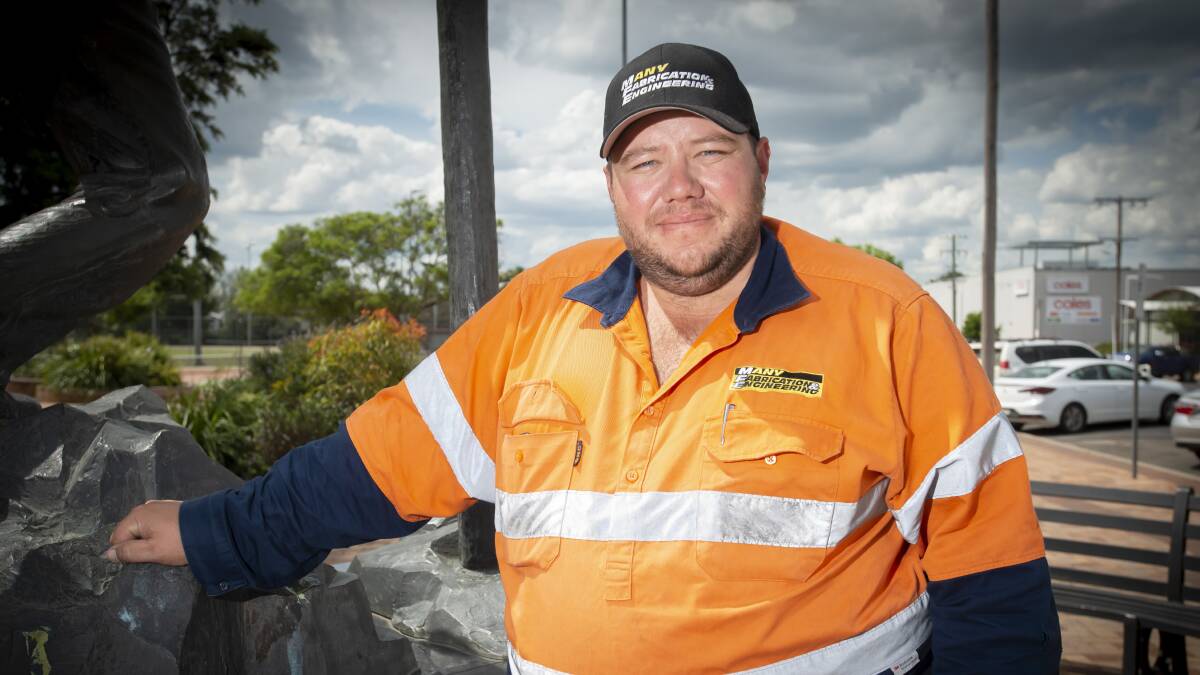
"I think the future of mining at the moment is bright," the father-of-two said.
"There's all this bad publicity about mining and coal and all that.
"Out here, the coal we've got is the best in the world and there's low emissions with it. I know there's not no emissions, but it's a lot better."
Most people in Gunnedah, about 100km along the Oxley Highway west of Tamworth, know the ins and outs of coal mining.
But Mr Many said outsiders would "probably look at it as a taboo subject".
"Until they really go in and have a look and see what happens and the benefits around the community," he said.
Climate change can't dim Gunnedah's lights
There are 20 operational coal-fired power stations in Australia, according to the Australian Energy Market Operator (AEMO).
Most have official, if adjustable, closing dates.
The New England north west region is part of the country's coal mining belt, stretching from central Queensland to the Hunter in NSW.
I think the future of mining at the moment is bright.
- Glenn Many, owner of Many Engineering in Gunnedah
But with a federal commitment to 82 per cent of Australia's energy being sourced from renewables by 2030, it's been earmarked as a renewable energy zone for battery storage, wind and solar farms, as well as pumped hydro.
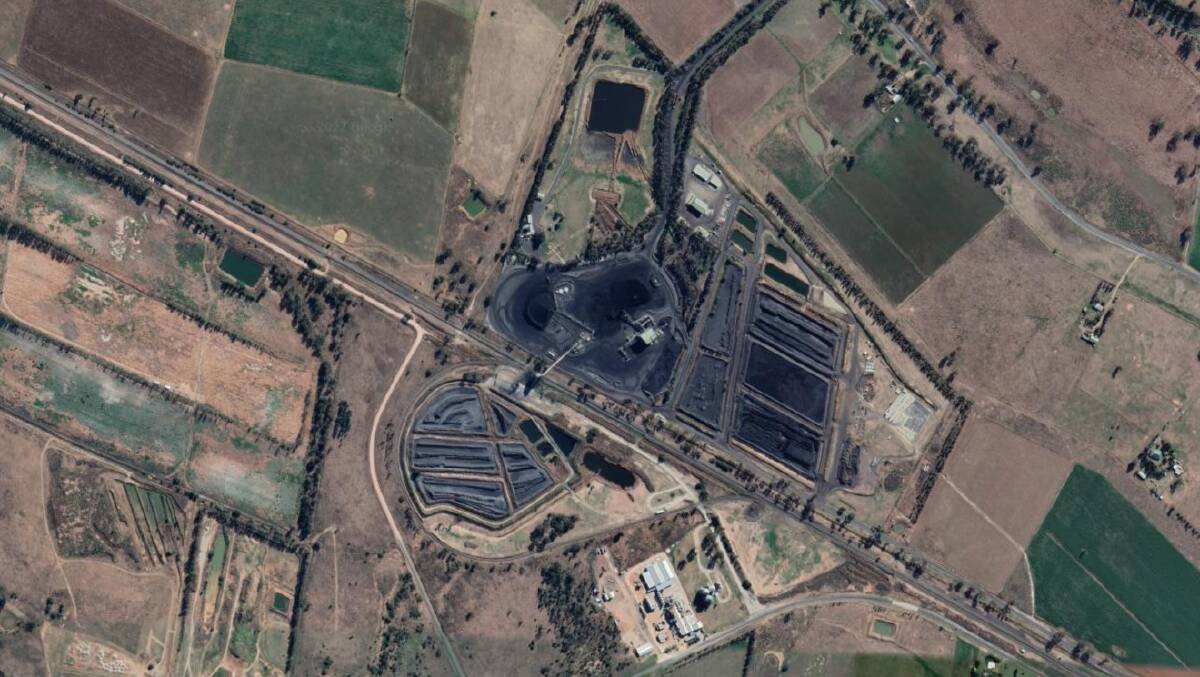
Federal Climate Change Minister Chris Bowen said renewables were the future for mining regions.
"The areas that have powered us for so long with coal and gas will power us into the future with renewable energy and there will be hundreds of thousands of jobs created as we do so," he told ACM.
Gunnedah's neighbour, Werris Creek, will see its coal mine close in 2024. The shutdown is because coal reserves will be exhausted, Whitehaven Coal said.
Miner Brodie Smith said the Gunnedah community has been through mine closures before.
"If [the industry] collapsed, I'm sure that Gunnedah would bounce back," he said.
"A community like this, it always bounces back."
Renewables are the future - both home and away
The Labor government has not ruled out new fossil fuel extraction and there are 45 major gas projects on the Australian government's major projects list.
About 40 per cent of the world's fossil fuel emissions came from coal, while oil accounts for 32 per cent and gas contributes 21 per cent, according to the CSIRO.
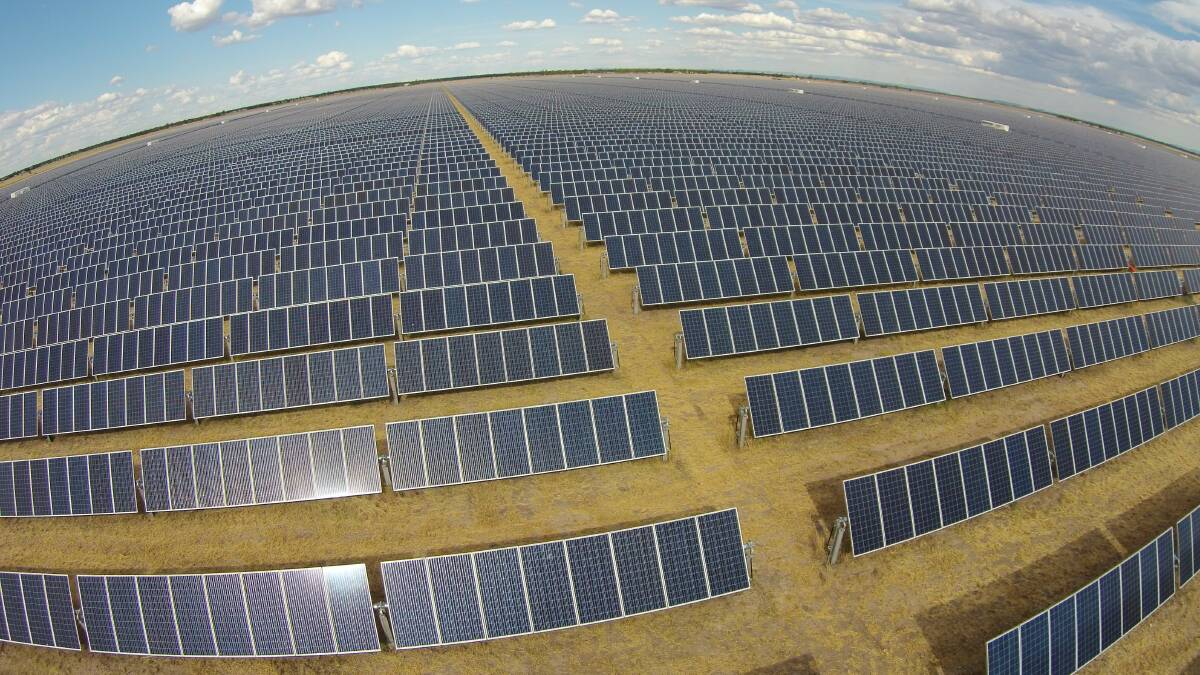
Australia's electricity future is headed in a clear direction - renewables - climate and energy director at The Australia Institute, Richie Merzian, said.
It's now a question of how quickly that will happen.
"We're trying to have our cake and eat it too," he said.
"Australia is talking about becoming a renewable energy superpower - and we're certainly transitioning in our local grid - but when it comes to what we're contributing to the world, what we're exporting to the world, we're still heavily in the camp of fossil fuels.
"And you can't have it both ways."
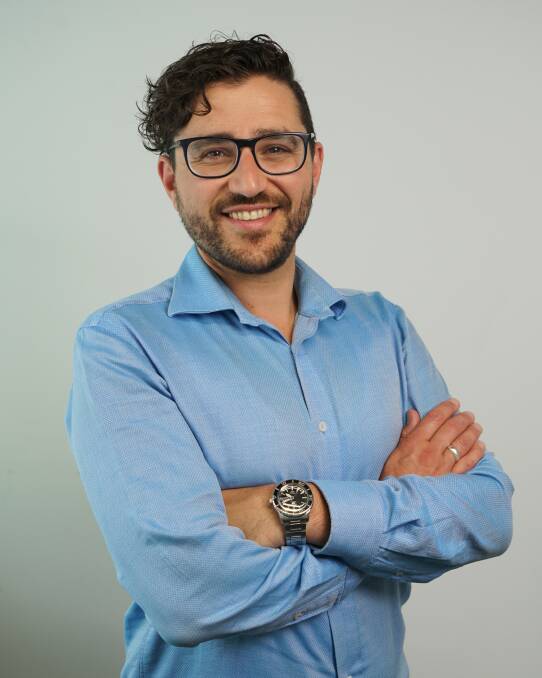
Mr Merzian said Australian coal mines have enough capacity to prolong their lives beyond 2050, so only a political decision will determine when the last bucket wheel excavator falls silent.
Coal mining accounts for just 0.4 per cent of the 12.9 million-strong Australian workforce, a survey by The Australia Institute found.
The same study revealed Australians overestimate how much money the nation makes from coal mining by almost 10 per cent.
Mr Merzian said the government needs a plan to transition coal workers to jobs with a future.
"It's just a matter of whether we smooth it out and take advantage of the change or whether we are victim to it, and it disrupts how we do things and people suffer as a result," he said.
The government announced $20 billion in upgrades to Australia's "outdated" energy grid in its first budget.
Almost $2 billion is going towards helping regional Australians access the economic opportunities of decarbonisation.
The Minerals Council of Australia, which represents the mining industry, was contacted for comment.
Harvesting water from air
Llewellyn Owens, a self-described leader in the clean energy transition, runs an engineering business focused on renewables and clean technology development in Tamworth, NSW.
But he began his career as a mechanical engineer on coal-fired power stations. He's helped build gas and hydro power stations too.
His shift to renewables felt natural, as did his move to Tamworth from Brisbane after marrying a local.
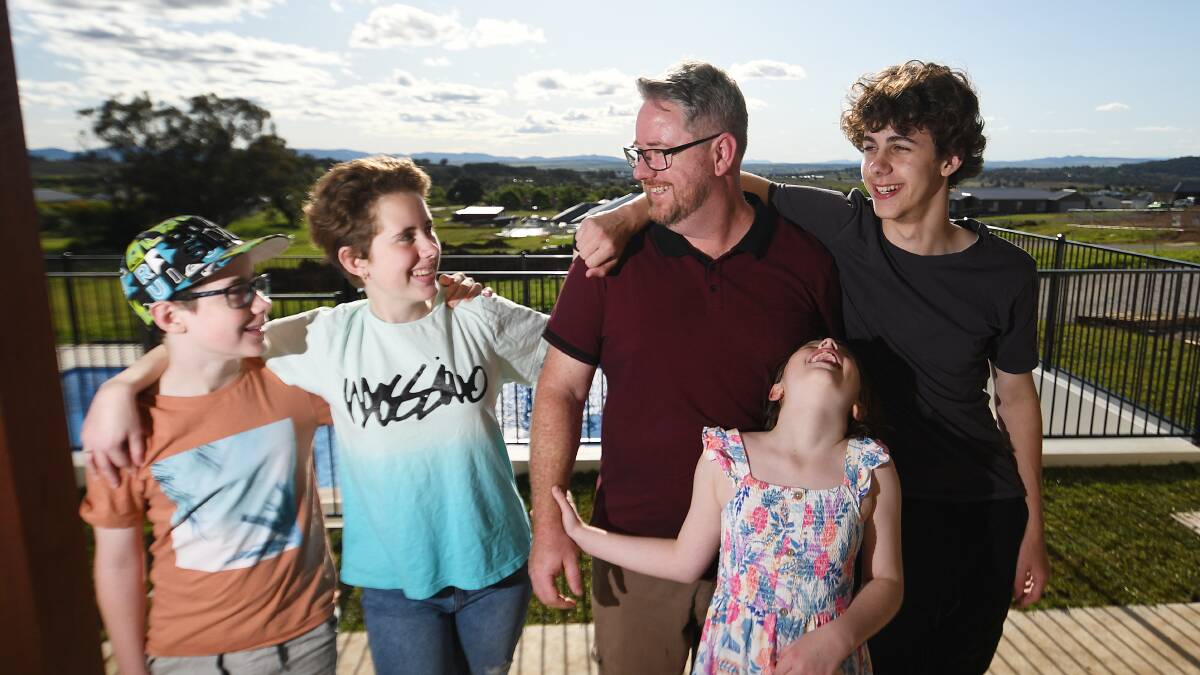
"The reality is all of these coal power stations now are 40-odd years old. They are going to be running at the end of life; we have to replace them," he said.
"The new, current technologies - renewables - [are] the logical transition."
Tamworth suffered a devastating drought in 2019 and Mr Owens worked to find solutions.
"We started looking for alternative technologies to address [drought]," the father of four said.
"So how do we use renewables to make water?"
After one-and-a-half years of development and testing, he created Vesi water to extract moisture from the air using graphene solar panels which then release clean drinking water.
"You have a solar panel on your roof that doesn't just make electricity, but actually it's making water for your house as well," he said.
"It could change the whole water business model."
We can all do more
Mr Owens said the mining industry still has a part to play in the transition.
He has worked with Idemitsu in Boggabri and at Muswellbrook in the Hunter Valley, where a hydropower station is being built on old mine sites using old pits and a solar farm.
"The reality is on a pure solar farm you don't employ that many people, but it is changing the whole dynamic," he said.
Mr Owens's daughter, Jocelyn, said she's proud her dad helps the environment.
"I feel like we need people who can do that more," the 13-year-old said.
Eva's story
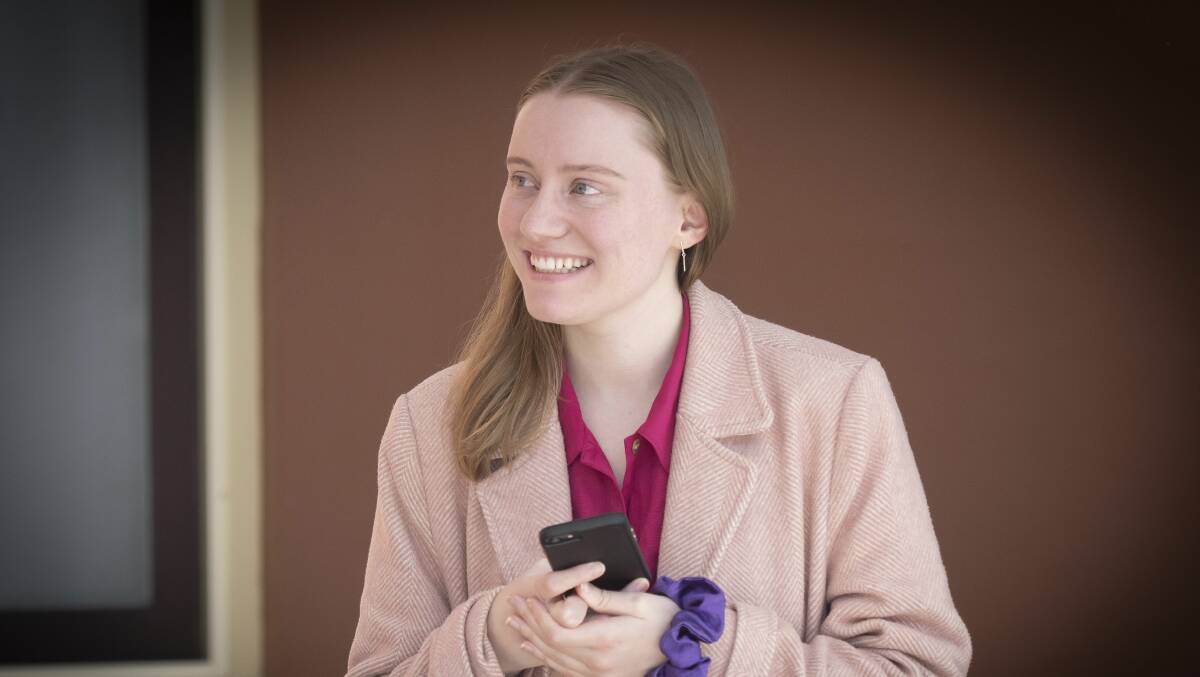
I remember learning about climate change when I was just a kid - and it's only gotten worse.
The topic of floods, drought and heat came up organically while talking to people for this story. It's so important for people who work on the land like those around Tamworth.
It was exciting to delve into the renewables industry in this moment where change is coming. I can't wait to see our nation powered by renewables and see regional communities take the lead.
I am also grateful to have gotten the chance to chat with Llewellyn and his family. I asked his children about the climate and his daughter, Jocelyn, talked about how it's something she's grown up with.
Hopefully the clean energy revolution arrives quickly and makes its mark.
You can read the full Young and Regional: Our Climate Future series here.


